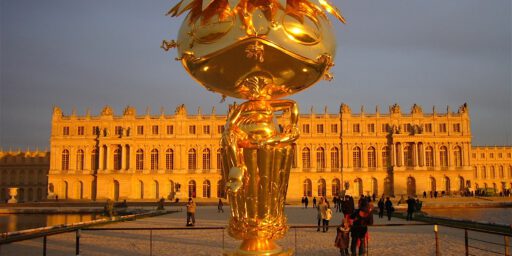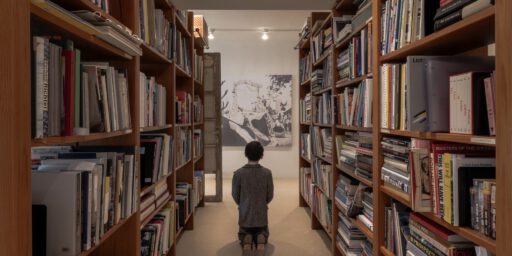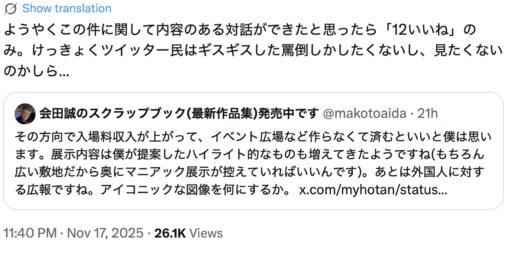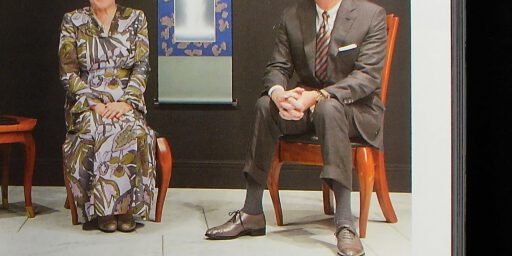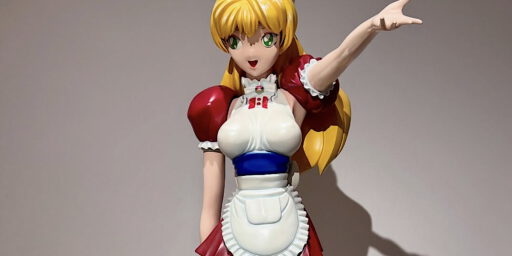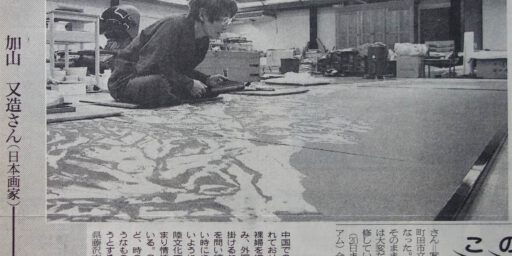New Auction World Record For 喜多川歌麿 UTAMARO Kitagawa (1754-1806) 「深川の雪」”Fukagawa in Snow” (ca. 1802-06) @ 7.1 million US$ 喜多川歌麿「深川の雪」@ 11億1143万円

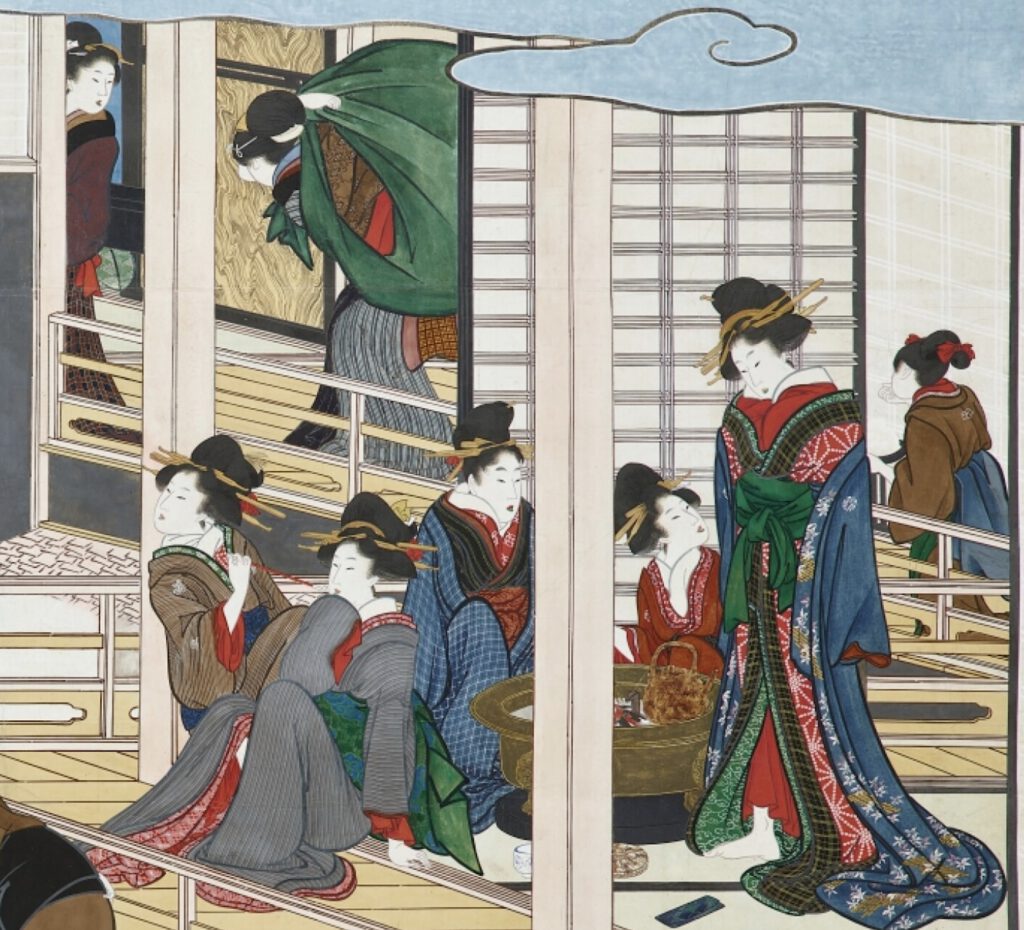
The next sensation regarding Japanese woodblock prints was the Sotheby’s Hong Kong auction result for
喜多川歌麿 UTAMARO Kitagawa (1754-1806) 「深川の雪」”Fukagawa in Snow” (ca. 1802-06).
Check the ART+CULTURE link, for further details:
2025/10/25
にっぽんのアートコレクター「パチンコ王・岡田和生」
Japanese Art Collector “King of Pachinko OKADA Kazuo”
https://art-culture.world/art-world/pachinko-art-collector/
The estimate was 6,000,000 – 8,000,000 HKD. Sold for 55,275,000 HKD.
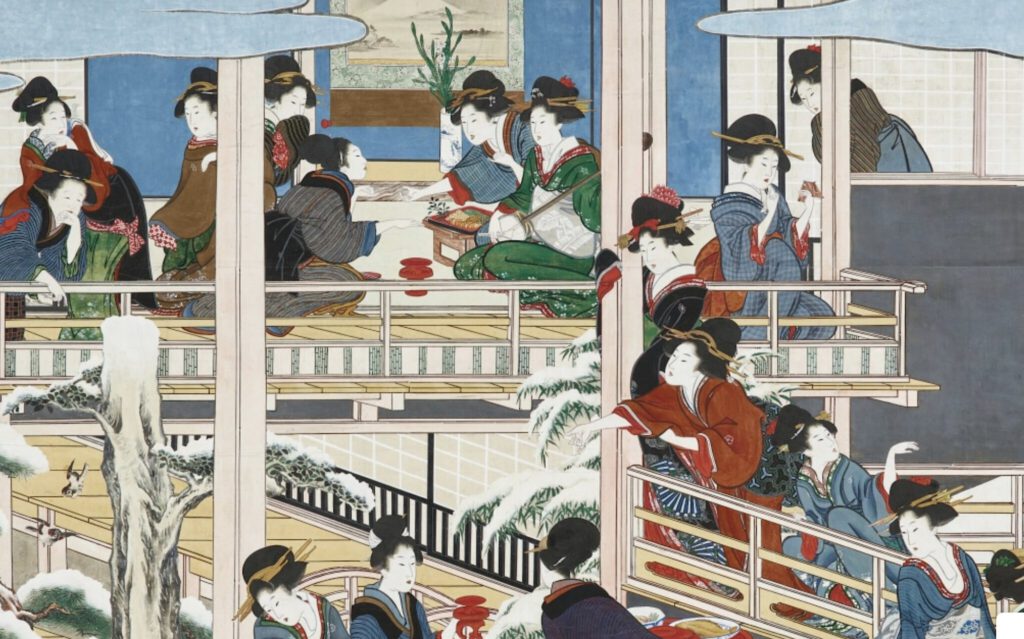
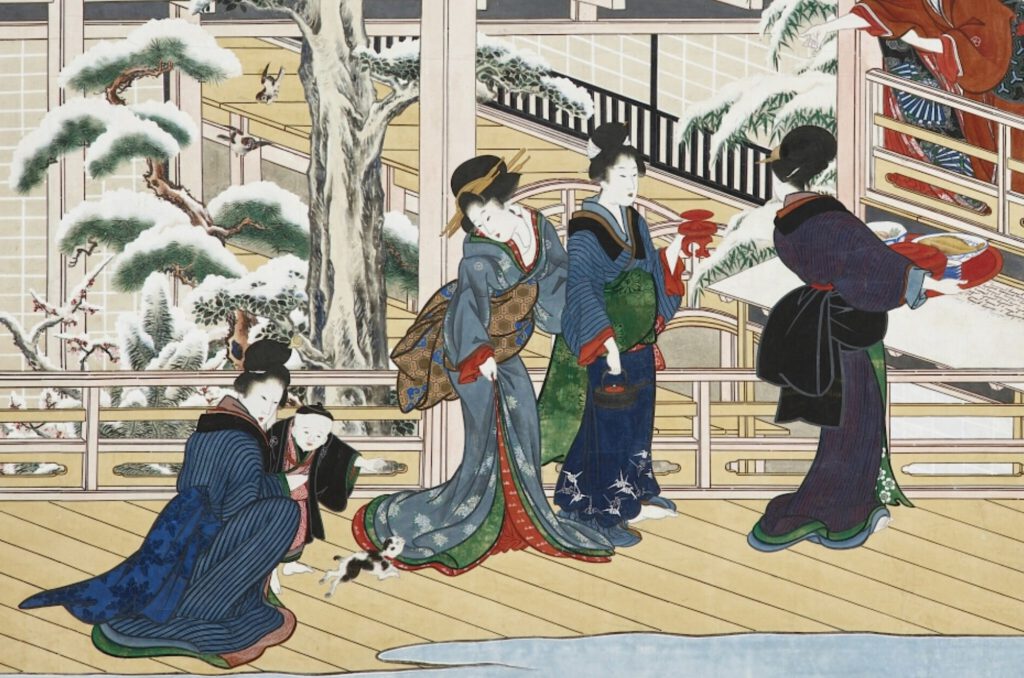
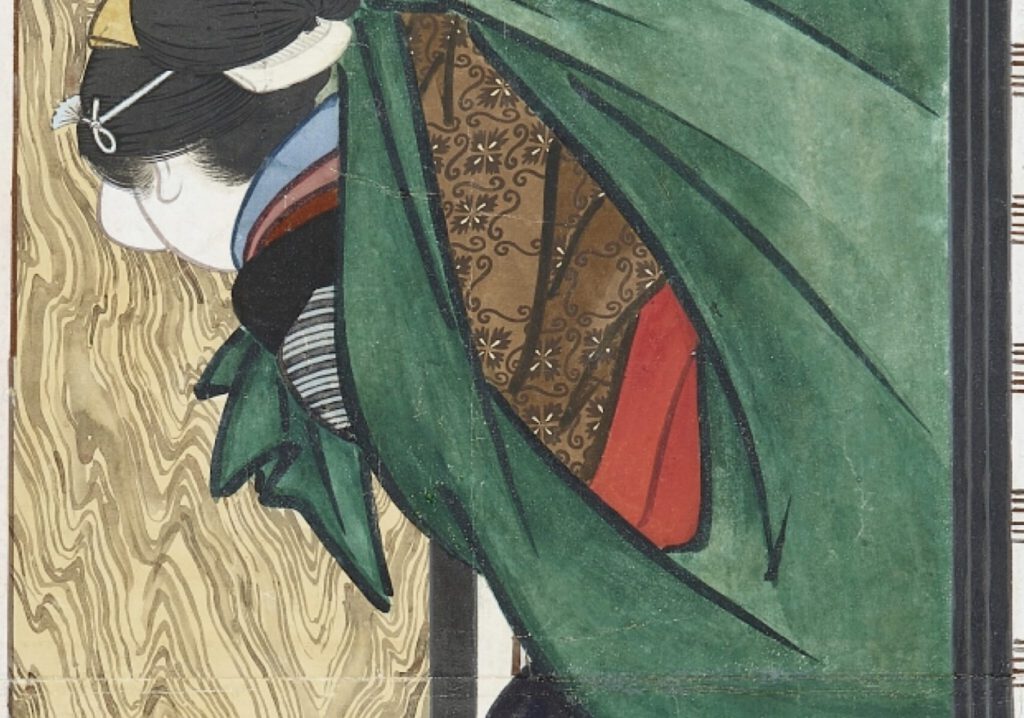
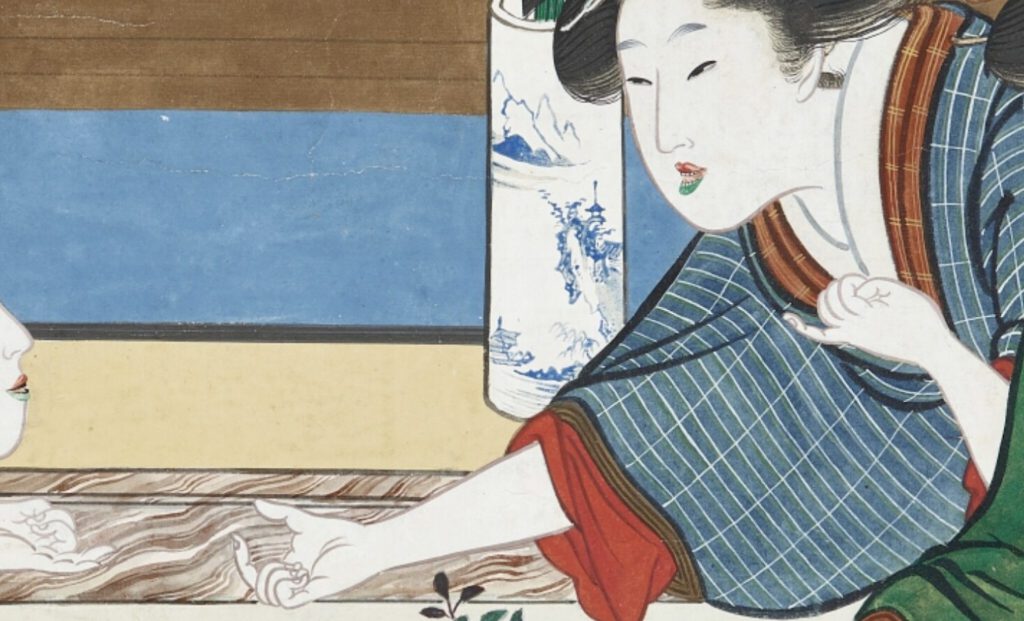
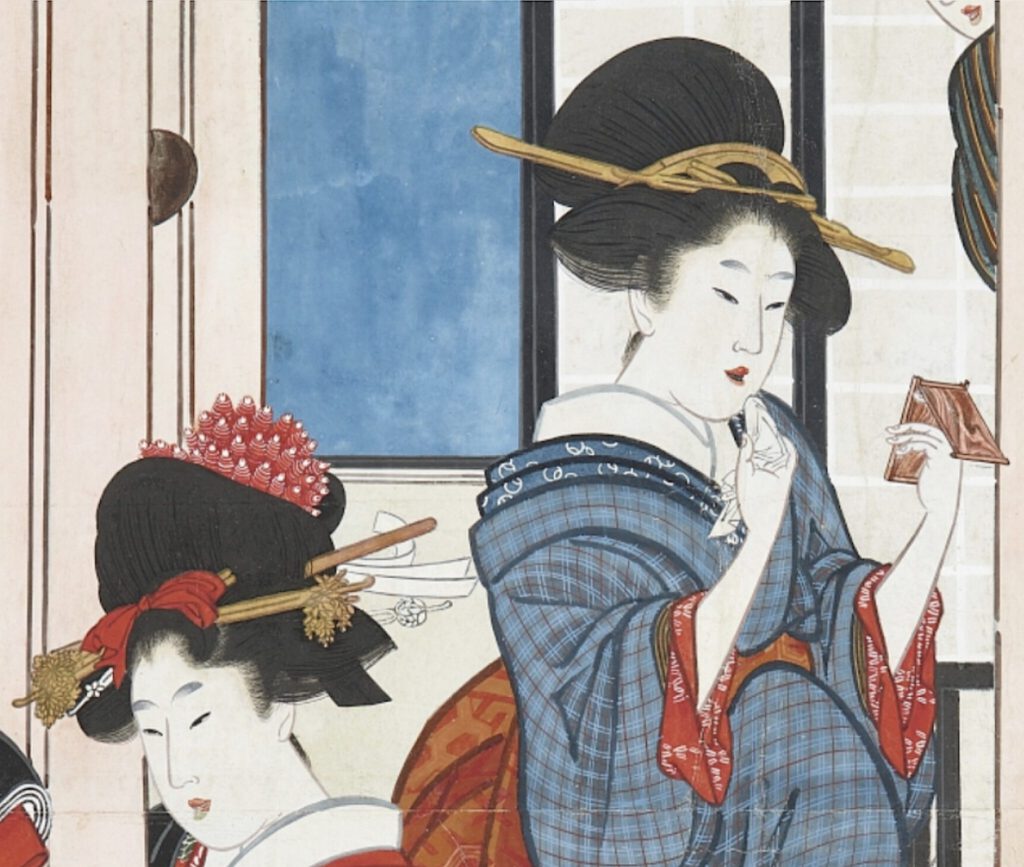
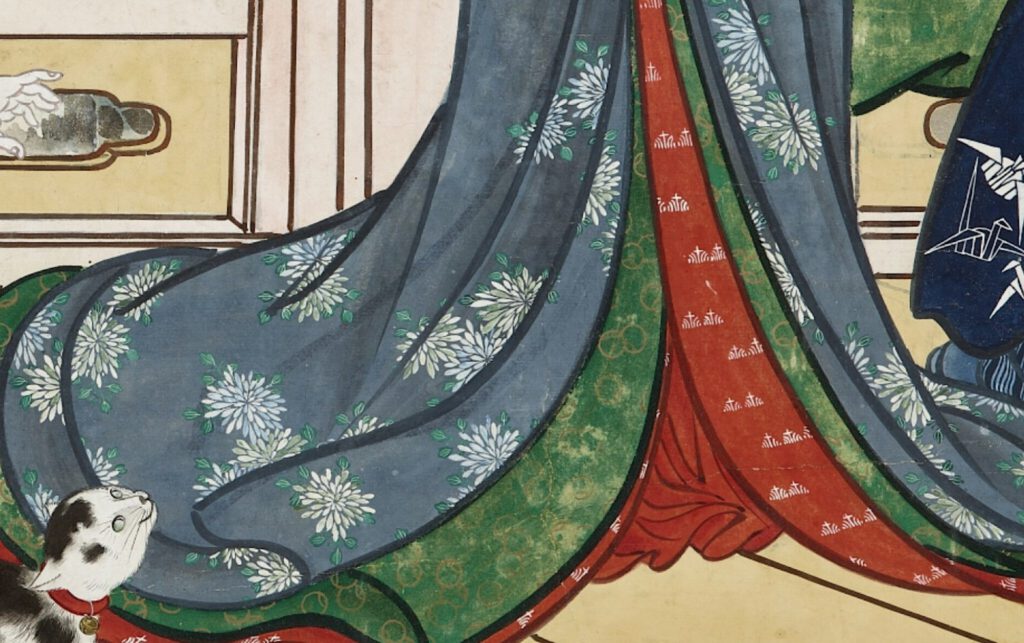
Utamaro’s “Fukagawa in Snow”
Fukagawa in Snow stands among Utamaro’s finest achievements, and a panoramic masterpiece of the ukiyo-e tradition.
Undeterred by the chill of winter, the upper floor of a grand teahouse is bustling with a plethora of movement and activity. The lively plucking of a shamisen resounds through the establishment as female visitors, geisha – or potentially courtesans – as well as their young trainees and attendants are engaged in all manner of leisure and occupation. A group of five ladies warm themselves by a large brazier; a visitor with a young boy in tow is harassed by a kitten pulling at the hem of her robe. Directly above, another woman points towards two sparrows in flight above pine trees caked in snow. Before an alcove (tokonoma) – installed with an ink painting of Mount Fuji and a blue and white cylindrical vase with an arrangement of narcissus flowers – a group play spirited parlour games performed with rhythmic hand gestures (ken-asobi) to musical accompaniment.
We are in an elegant part of the Fukagawa licensed pleasure district. In a convention known as fukinuki-yatai [lit. blown-off roof], some architectural obstructions – such as the roof, walls and shoji panels – have been removed to give us a clearer view into this interior scene. In the foreground, we see a serving woman carrying a red lacquer tray with a delectably cooked fish in a blue and white shallow bowl, followed by a lady bearing a red lacquer cup and an ewer for sake. Along one of the corridors, an attendant carries a large furoshiki bundle preceded by a woman carrying a case for a shamisen. In one of the most endearing vignettes, a young apprentice following along in a corridor to the lower right carries a tray of snow – presumably moulded into a rabbit, a custom equivalent to making a snowman. She pauses, blowing on one of her hands to ward off the cold from her fingers.
The attendant carrying the large furoshiki represents a practice characteristic of the Fukagawa licensed quarters. When a geisha or courtesan was summoned to a teahouse to entertain guests, an attendant would bring their bedding and bedclothes for the overnight stay. This custom was unique to Fukagawa and not found in the other licensed pleasure quarters in Yoshiwara or Shinagawa.1 Furthermore, the more subdued clothing of the women, predominantly in indigos and darker hues, suggest the understated taste of the women of Fukagawa as opposed to the more flamboyant Yoshiwara courtesans.2
This monumental painting spans over three metres wide. Executed on two large, joined sheets of imported Chinese paper, its scale and scope are unprecedented in Utamaro’s oeuvre. Twenty-seven figures, comprising twenty-six young women and one boy, formulate narrative groups that call and respond across the entirety of the composition. Apart from the young child, all the figures – both visitors and hosts alike – are portrayed as women. This was a conventional device scene in ukiyo-e and often employed in the mode of mitate, or elegant confusion, of depicting familiar or classical subjects in re-imagined circumstances. Among the diverse figurative activity, Utamaro employs an array of luxurious pigments: malachite green, vermillion, pale indigo for the clouds, deep sumi with a lacquer like sheen and simulated metallic pigments are all richly applied to sumptuous effect.
Fukagawa in Snow is part of a three-part set of Snow, Moon and Flowers (Setsugekka), and is thought to have been commissioned by the affluent Tochigi merchant Kamaya Zenno Ihei (d. 1824). The other two works, Moon at Shinagawa (Shinagawa no tsuki, Freer Gallery of Art, Washington, DC, accession number F1903.54) and Flowers at Yoshiwara (Yoshiwara no hana, Wadsworth Atheneum Museum of Art, Hartford, CT) are believed to have been part of the same commission. The theme of Snow, Moon and Flowers was popularised during the Edo period (1615-1868) and refers to an ideal of Japanese beauty and aesthetics through the colour white and its association with the seasons: snow pertaining to winter, moon specifically an autumn harvest moon, and flowers to the whitish florets of spring cherry blossom. The allusion is further extended here by linking this poetic motif with one of each of the three licensed pleasure quarters. The unprecedented scale and lavishness of the entire commissions leaves many questions to be answered around the intention of the work, as well as the employment of an ukiyo-e artist to create such an inspired and financially costly series said to have taken Utamaro over ten years to complete.
Almost eighty years after its execution, the work was displayed as part of an exhibition for the Zenno family collection at the Joganji Temple in Tochigi on the 23rd November, 1879. Snow and Flowers then entered the Paris art market in the late 1880s, where they were acquired by the great Japoniste collector Samuel Siegfried Bing (1838-1905). Moon is said to have been purchased around 1891-92 by the art dealer Tadamasa Hayashi (1853-1906) and brought to Paris. Both Moon and Flowers eventually travelled further westwards to America, where they have since then resided and are currently in the Freer Gallery and Wadsworth Atheneum respectively. Snow at Fukagawa had a different fate: it was returned to Japan by the ukyio-e collector Nagase Takeo (dates unknown) in 1939 and was exhibited some thirteen years later at the Matsuzakaya department store in 1952. This would be the last public sighting of the work for almost seventy years – after its installation at the exhibition its whereabouts vanished from public record. It was not until it was rediscovered in 2012, that this work was finally returned to view in the Okada Museum of Art.
Born in Edo around 1753, Kitagawa Utamaro trained under the Kano school painter Toriyama Seikien (1712-1788). Intimately acquainted with the life and customs of the Yoshiwara district, he became renowned for his bijin-ga, or portraits of beautiful women – particularly in the okubi-e (large-headed) style of ‘large headed’ bust portraits. In 1804, he was briefly placed under house arrest following a satirical depiction of the historical figure Toyotomi Hideyoshi (1537-1598); he died in Edo two years later. In his own lifetime, and to this day, Utamaro is one of the most celebrated ukiyo-e artists of the Edo period.
Check also:
Popular museum-like show “NEO – EDO : Kunichika Toyohara” – a celebration of excellent exhibition directing @ AOYAMA | MEGURO
優れたディレクションの実践を讃える人気の美術館的展覧会「ネオ江戸:豊原 国周」@ 青山|目黒
https://art-culture.world/reviews/neo-edo-kunichika-toyohara-aoyama-meguro/
